
Confessions of an Information Hoarder
by Charlie Warzel, contributor, The Atlantic

What happens to our brains when we have an infinite memory?
There was a point during the most isolating parts of the pandemic, usually when I was bored in the evening, where I’d open my phone’s camera roll and scroll back through my pre-pandemic life. I’m not sure if this was a healthy lockdown coping strategy or not, but I’d thumb through photos of mundane life moments that, in that moment, felt exotic. Look at me. In a restaurant! At a concert with friends! Participating in society showing my full face!
Content of the photos aside, there was also something genuinely pleasing about the experience of clicking the Photos app and seeing this mosaic of my life (when I sort by “All Photos,’ my iPhone shows 45 frames at a time). Occasionally I would page through the 26,224 photos in my library (which my phone refers to, quite generously, as “Recents”) to find something from a few years back, and the act of rapid scrolling would blur and shift the mosaic. I noticed while swiping that, without seeing individual photos, this specific document of my life had different eras with distinct color palettes. The palette was darker, for instance, when I lived in New York City, probably because more of my photos were taken inside my dimly lit railroad apartment. There’s a period around late 2015 where the mosaic turns reddish-brown, a marker of when my dog, Peggy came into my life. I moved to Montana in 2017, and the scrolling blur is blue and green, the result of many shoddy attempts to capture a new home that featured mountains and a large sky.
Scrolling through all our images is a strange, introspective, even poignant experience, enough so that people have written songs about it. “Chronological order and nothing but torture” is how the singer-songwriter Kacey Musgraves put it on her recent album. And, yes, these archives can be a reminder of lost love or loved ones or simply the relentless passage of time. It’s also a marvelous diary and documentary tool. On one thumbing excursion, I got preoccupied with the hypothetical notion of a historian trying to write somebody’s life story only by looking through their camera roll. The cloud as a biographer.
Archiving our lives is not new, but the volume we can amass and the ease with which we can do it is new. As writer Drew Austin notes in a wonderful recent piece for Wired, “by fostering the sense that our wells of personal information were bottomless, Google turned us all into information hoarders.”
Austin is referring to the fact that many of Google’s services—most notably Gmail, which requires users to create a Google account—were predicated on the idea of vast free storage for your personal data, and the ability to search it effortlessly. When it launched in 2004, Gmail gave us powerful tools that helped solve a lot of problems with email at that time—spam, the need to delete messages for space, difficulty finding old correspondence—and those tools also changed the way we thought about and used email.
Not, though, always for the better. Here’s Gmail’s creator describing the state of email on the occasion of his product’s 10-year anniversary:
The problem with email now is that the social conventions have gotten very bad. There’s a 24/7 culture, where people expect a response. It doesn’t matter that it’s Saturday at 2 a.m.—people think you’re responding to email. People are no longer going on vacation. People have become slaves to email. It’s not a technical problem. It can’t be solved with a computer algorithm. It’s more of a social problem.
Gmail’s creator is right that this is a social problem, but I don’t fully absolve him of his responsibility, either. It is a problem that is exacerbated by the powerful tools we use. Infinite storage and effortless search changes our relationship to our information. As Austin notes, it “enables us to be casual, even messy, with our data … Instead of organizing our data using a legible system or knowing where things are, it can all go into one seemingly jumbled pile.” It also leads to hoarding. “Anxious that we might delete something we will end up needing later, we err on the side of caution by saving it all,” Austin writes. This is how you get 26,000 “recent” photos or an inbox from hell. It’s also how you get strange behavior like somebody replying to an email out of the blue three months later. Our shitty etiquette isn’t only due to that availability of storage and search capacity, but I’d bet that email wouldn’t be the scourge it is today without those powerful functions.
Austin argues that at the societal level, ample personal data storage poses a serious problem because there’s an incentive to privatize our cluttered, poorly organized information into individual silos instead of building public infrastructures for it. We think of the internet as having an overabundance of publicly accessible information. But perhaps it’s also causing us to file away our private selves. We have more public information than ever, but what if there is also less transmission of more personal information between people—especially between generations. What is lost if our digital heirlooms become inaccessible to close relatives? What is lost if estates do not donate prominent people's cloud data to university archives?
I myself am an information hoarder. I recently had to upgrade my Google storage to 100 gigabytes, and I’m already inching closer to purchasing a new tier. My inbox is a disaster: nearly 200,000 emails, read and unread, dating back to my college years. The last label I created? “Summer internship applications.”
My photos are a hodgepodge of my personal life mixed in with 2,734 screenshots—mostly of tweets or paragraphs of articles that my past self apparently felt might be worth returning to. Across my various cloud-based notes apps, I store endless tossed-off lists and musings, copy-paste fragments, and links. It’s all an attempt at off-loading the deluge of information I’m confronted with each day into a kind of external memory. In theory, this is exciting and useful. In practice, I am not confident it makes me any smarter or more productive, or even better informed. Occasionally, I find myself barely pausing to think about something important I’ve read, and instead, filing it away to think about it later. One effect of my external memory is that it pushes me to consume faster and in higher quantities.
I know I’m not alone. In a paper published in 2019 in the journal World Psychiatry, titled “The ‘Online Brain’: How the Internet May be Changing Our Cognition,” the researchers suggest that “the Internet is becoming a ‘supernormal stimulus’ for transactive memory—making all other options for cognitive offloading (including books, friends, and community) become redundant, as they are outcompeted by the novel capabilities for external information storage and retrieval made possible by the Internet.”
That sure sounds bad. But in reality, it’s probably good and bad. The paper suggests that “reliance on online searching may impede memory retrieval by reducing the functional connectivity and synchronization of associated brain regions.” But it also notes that this process might also free up cognitive space in other parts of our brain. At one point, the paper’s authors posit that “increasing reliance on the Internet for information may cause individuals to ‘blur the lines’ between their own capabilities and their devices.” This is likely what I’m doing by saving information for later and mistaking that filing away for a kind of uploading into my own memory.
Ultimately, the paper notes that it is too early to really understand the long-term effects of all this on our brains. To me, what really matters is that it is likely changing us in ways we’re not fully aware of. In an interview last year, the technology writer and theorist L. M. Sacasas gave a lovely description of how he conceptualizes the way technology acts on us:
I sometimes think of the body and the world in our minds kind of creating a circuit. And so then, we introduce a tool into that circuit, and it’s going to shape how we perceive the world, and it’s going to shape how we interpret the world. And so the body is at the nexus of our experience of reality, and technology enters into that loop of perception in ways that can be benign, in ways that can be beneficial, in ways that can be detrimental. But it certainly changes it.
It often feels like new technology breaks that circuit, but Sacasas might be right that it is merely introduced into the loop. Having instantaneous access to tens of thousands of moments in my life doesn’t destroy my sense of self, but it alters how I formulate the narrative of my last decade. For example, there’s a weird patch from January to May 2015 where my photos never synced up to the cloud. I’d be lying if I didn’t admit that this period now seems less relevant in my actual memory. Similarly, I was foolish and didn’t upload my high-school, college, and pre-2013 photos, most of them digital, to the cloud. Thanks to a damaged hard drive and a lost computer, most of these photos are gone, creating a massive hole in my life. What does it mean that my digital likeness, save for some Facebook photos, begins so late? Are the memories from that era, which now exist only in my mind, more precious and more indelible because I rely on my brain to access them? Or are they merely less reliable and more likely to degrade over time?
In that same interview, Sacasas discusses his relationship to documenting the lives of his two young children with his phone:
They’re growing up so fast, and you want to document where they’ve been along the way. Paradoxically, in my experience anyway, I think I’ve almost found that having this very pervasive record, visual record of their growth, has made that actually a more pronounced experience, a greater sense of things slipping by, slipping away.
Scrolling through my camera roll during the pandemic, I also felt that greater sense of time—and of myself—slipping by. There is a melancholy to that, but it is not merely a sad feeling. Because that feeling is also, at its core, a sense of awareness. I am constantly taking stock of myself and my life (a good thing!) while also taking myself out of moments in order to document it (probably not the best thing!).
For whatever reason, I take fewer photos now than I did pre-pandemic, and the ones I do take are somewhat inscrutable. I don’t even think to do it when I’m socializing. What I do seem to take are snapshots of where I am in quiet moments, even if the locations aren’t photogenic. Most aren’t really meant to be shared. For me, iPhone photos have become more about the action of taking them than what I do with them. They’re meant, instead, to add texture to that near-infinite scroll of the camera roll. They’re meant, probably, as proof that I’m alive and in the world. They’re meant for the mosaic. I don’t know if that’s good or bad, but it’s definitely a product of being able to take and save as many as I could ever want to.
New Opportunities Are Emerging For Citizens of The World.
Freedom and democracy may appear to be struggling to stay alive in America, but there may be a knock-out punch ready to be released. The evolution of the blockchain-enabled metaverse is going to enable the 'Citizens of the World' to gain their own Freedom by democratizing power and creating a new world with new rules, new players, and new opportunities. For 99.99% of us, the metaverse will improve our real-world lives through the democratization of power and opportunity.
Along with the major long-term trend of society towards decentralization and smaller-scale organizations, there are new opportunities developing to help 'Preparers' in the cryptocurrency sector. Businesses are beginning to issue their own Crypto Coins that can be traded on Cryptocoin Exchanges.
Markethive.com for example will be releasing its HiveCoin (HIV) in the coming weeks. It has tremendous upside potential that is outlined in a Video by Founder Tom Prendergast, "Entrepreneur Advantage…".
Not only that, if you go to their website and register as a FREE Member, you will be given 500 HiveCoins for "FREE" along with access to several Earning Opportunities and online tools to increase your HiveCoin balance.
Be sure to check it out today – Markethive.com
Tim Moseley




.png)
.png)
(11).png)
.png)
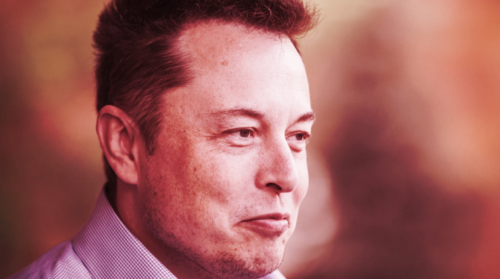
.png)
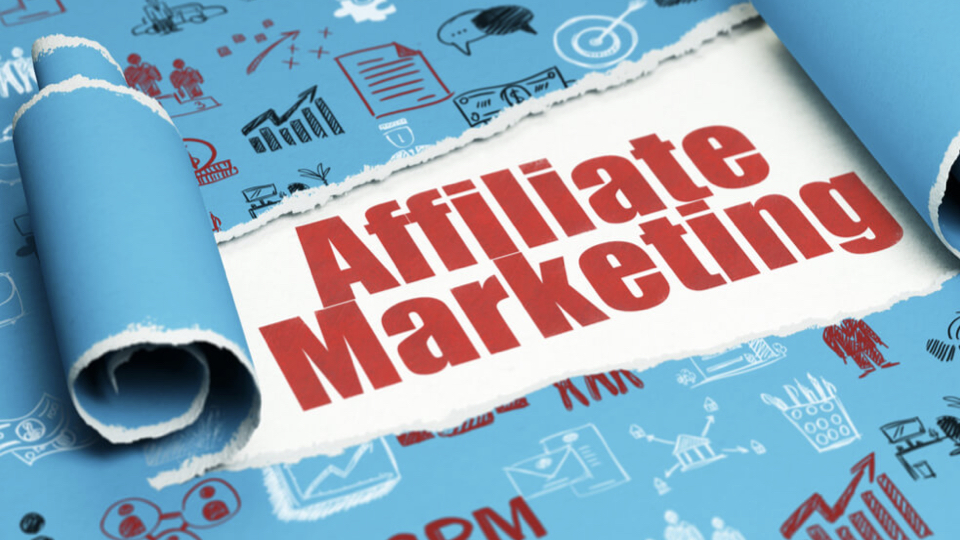

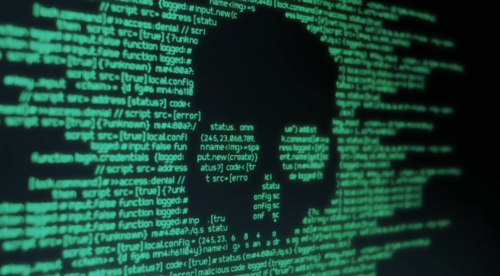
.png)

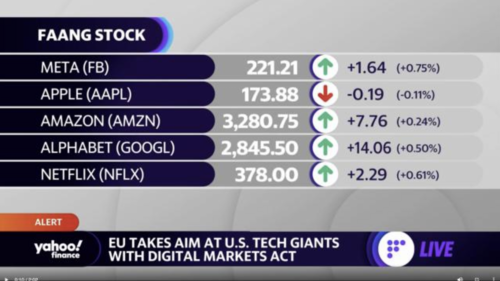
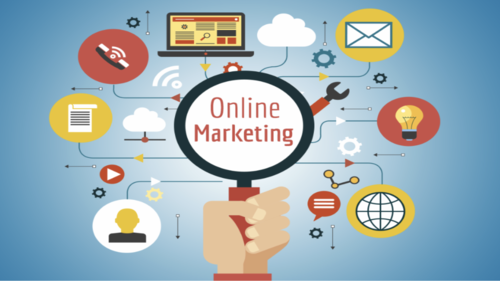
(2).jpg)


